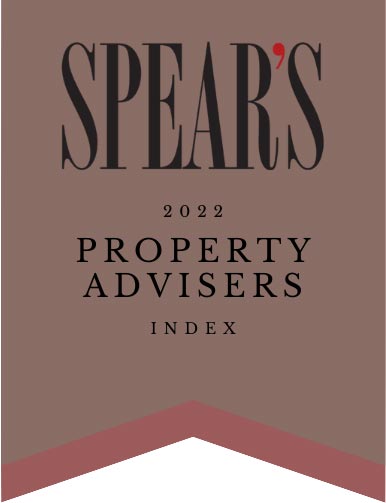What does the PRA proposal from the BoE mean for buy-to-let lending?
The Bank of England’s Prudential Regulation Authority has released a proposal looking at buy-to-let lending, but what does it mean for the market?
The Bank of England’s Prudential Regulation Authority (PRA) is currently looking at ways in which they can clamp down on buy-to-let mortgage lending by tightening the rules that are already in place. The increased scrutiny comes amid fears that the market is entering into dangerous territory as record-low interest rates are sparking a lending boom that many fear may get out of control and lead to another unwanted credit bubble.
The new proposal
The dryly named CP11/16 document that was recently issued by the PRA covers a lot of ground, but it really can be split into three key points:
1. Affordability Testing
This part of the document states that the interest coverage ratio affordability test, or ICR for short, should look at the total cost connected with renting out a property which the premises landlord is solely responsible for. This new test is to include the upcoming tax changes that are due to come into effect in 2017.
2. Interest Rate Stress Testing
The PRA have stated in their proposal that all lenders should be placing a minimum stress level of 2 per cent on to the initial or reversion rate. This amount would be subject to a 5.5 per cent minimum rate being used, unless the product is one that is fixed for a term of five years or greater.
3. Portfolio Landlords
Landlords who have a number of mortgaged properties on their books – four or more – will be subject to a fully documented specialist underwriting process.
What it means for the market
While the document will have undoubtedly raised one or two eyebrows in certain quarters, overall the general consensus is the first two points raised within the PRA’s CP11/16 will not dramatically effect volumes. This is because lenders can design products in such a way that the new proposals can be incorporated into them fairly easily.
The third point, however, is of greater concern to many. The vast majority of the UK’s rented accommodation is controlled by professional landlords who hold four or more properties within their portfolios. This means that a huge chunk of the market will be subjected to increased scrutiny and they may have to undergo a more specialised underwriting process in order to obtain further lending in the future.
The mainstream lenders who are based in the south east are expected to be hardest hit thanks largely to the proposed stress testing that the PRA want to bring in. Low yields in the region may mean that many landlords will not meet the tighter underwriting standards and not be eligible for standard buy-to-let loans.
This, naturally, opens the door to specialist lenders and the belief is now widespread that the buy-to-let lending market will become far more specialised from 2017 onwards. While the adjustment may take a little getting used to for some, as a whole, we believe that this will be a good thing for the market and we are not expecting to see a fall in margin as a result.
The Financial Conduct Authority does not regulate some aspects of Buy to Let mortgages and tax advice.
Your home or property may be repossessed if you do not keep up repayments on your mortgage.




















